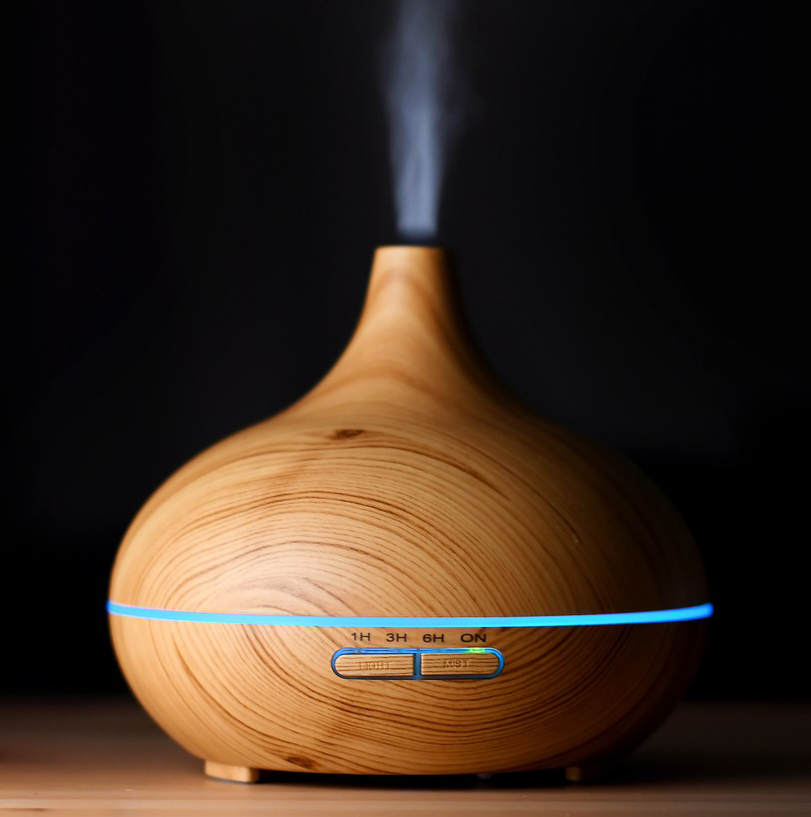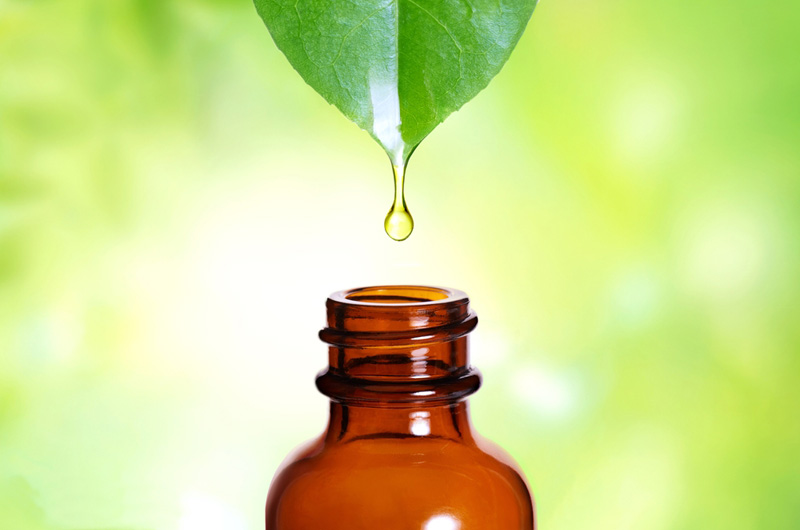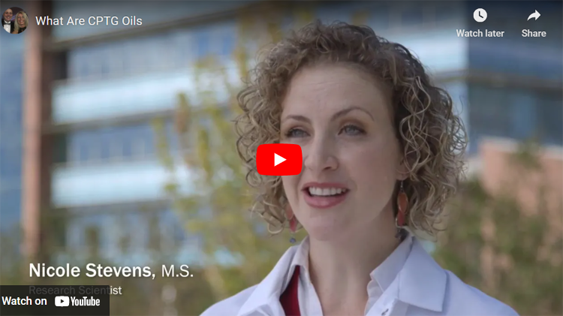SUBSCRIBE TO MY FREE ESSENTIAL OILS NEWSLETTER, "THE ESSENTIAL OILS Rx"
Essential Oil Basics
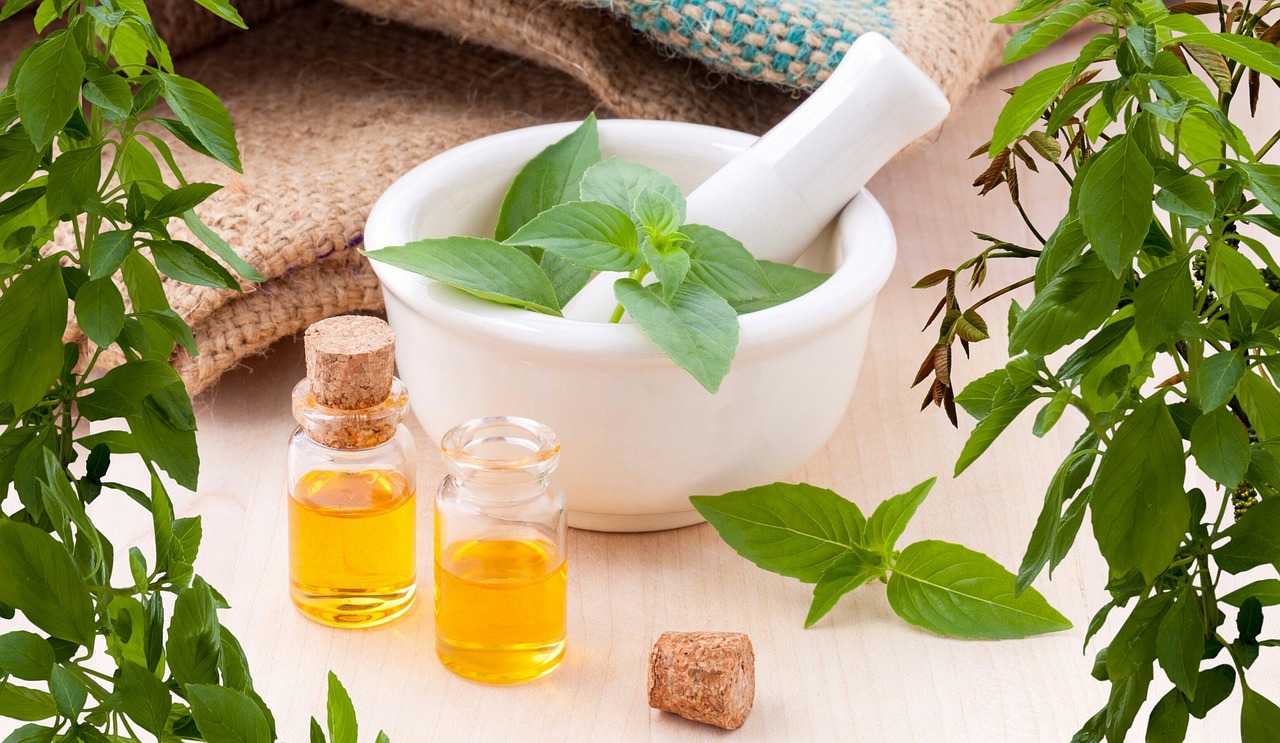
In this section, I discuss Essential Oil Basics: What are essential oils? What benefits do they confer? What conditions might you consider using them for? What is the science behind their use?
What are Essential Oils?
Essential oils are naturally occurring aromatic compounds extracted from the flowers, leaves, roots, bark, seeds, fruits and other parts of plants.
The word “essential” is a contraction of “quintessential” meaning "life force" or "spirit": Essential oils were once thought to contain the life force of the plant.
Essential oils are true oils, meaning they mix well with other oils or fats and do not mix well with water. But unlike many other oils, they do not contain fatty acids so they do not feel greasy.
Sourcing and Extracting Essential Oils
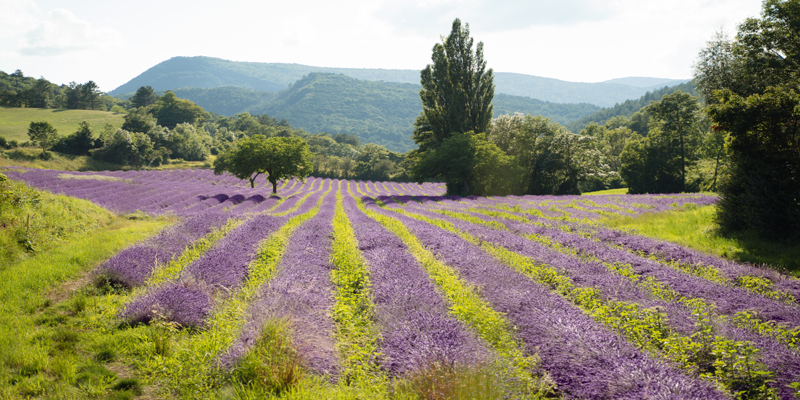
Sourcing Essential Oils
Essential oils come from plants – but certain species of a particular plant will often produce higher quality oils than others. In addition, environmental conditions such as temperature, rainfall, altitude, and soil health all affect the quality of the essential oils produced.
So proper sourcing is important!
You do not want to purchase oils from a company that simply buys large plots of land and mass produces their oils - and these are certainly not the oils you want to use in your practice.
To learn how the company that I recommend using sourcesand tests their oils, see my page on sourcing essential oils.
Extracting Essential OIls
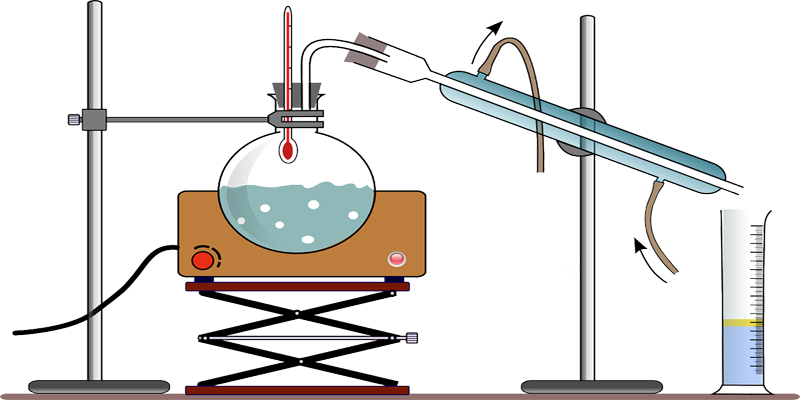
Essential oils are extracted from plant materials through a process of steam distillation, cold pressing or solvent extraction (see explanations below). The essential oils obtained through these processes can be made up of anywhere from 1 to 1000 different chemical compounds.
It should be noted that a fair amount of expertise is required to ensure the chemical profile of the essential oil is preserved during these extraction processes. This is one more reason why it's important to choose the right company when selecting essential oils!
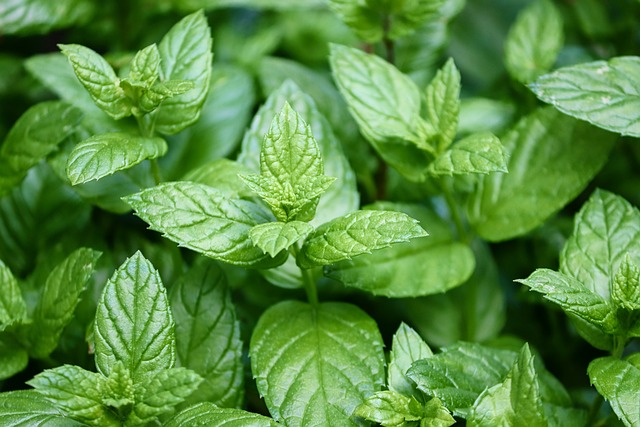
Steam Distillation: Most essential oils are obtained by steam distillation. In this process, steam from boiling water is passed through the plant material. The steam dissolves the plants essential oils and carries them to a collecting tube.
In the tube, the steam is cooled and condenses into water. The lipid-soluble essential oil separates from this water and is collected. Time, temperature, and pressure must be carefully monitored during this process and adjusted to the needs of each plant.
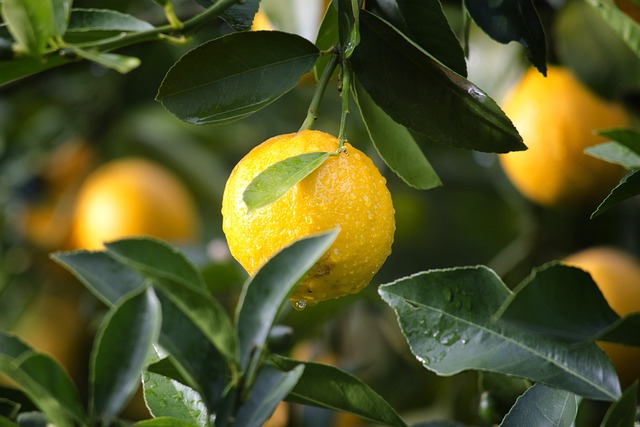
Cold Pressing: Citrus oils, like lemon, lime, and grapefruit are obtained through a process known as cold pressing. In this process, the peels of the fruit are mechanically pressed to extract their oils.
To begin the process, the rind of the fruit is grazed with sharp rasping cylinders. This opens the microscopic sacs that contain the fruit's essential oils. Water is then sprayed over the fruit to collect the released oil. The watery mixture passes through a filter to remove any remaining pieces of the fruit’s rind. The essential oil is then separated from the water and collected.

Solvent Extraction: Oils contained in delicate flowers, like jasmine or rose, are generally unable to withstand the pressure of steam distillation. So these oils are extracted with the use of food-grade solvents.
During this process, the plant materials are covered with a solvent that dissolves the plants essentials oils. Once the solvent has absorbed the essential oil, it is evaporated so only the plant's essential oil is left behind.
Why Plants Produce Essential Oils
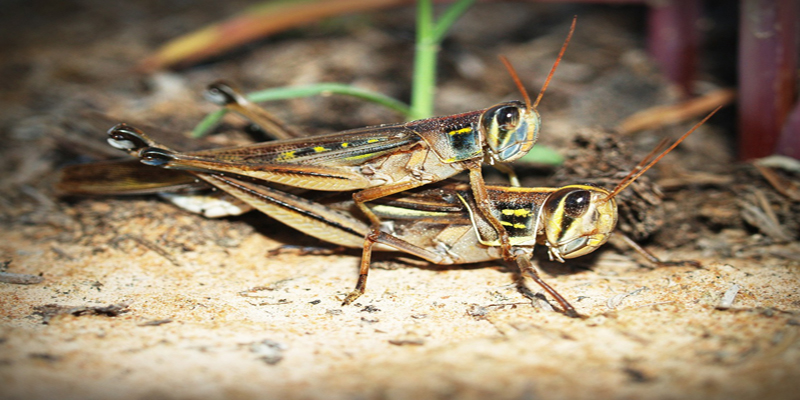
Essential oils are volatile, aromatic compounds: They evaporate easily and carry a distinctive scent.
The enchanting aroma of a pine forest, the sweet smell of a rose, and the crisp scent of a freshly cut lemon all come from the essential oils produced by these particular plants.
But essential oils do more than provide a plant’s distinctive odors: they also provide an amazing array of benefits for the plant. And, when properly used they can benefit us in the same way.
How Essential Oils Benefit Plants
Essential oils provide many benefits for the plants that produce them. These include. . .
- Fighting off Pathogens: Bacteria, viruses, and fungi can all threaten plants. So it’s not surprising that most essential oils have antimicrobial, antiviral and antifungal properties.
- Healing Wounds: Plants can injured by wind, rain, insects and larger animals. Chemicals contained within their essential oils help them heal from these wounds.
- Warding off the Damaging Effects of the Sun: Plants need sunlight - but the sun’s radiation can be damaging. So many essential oils have antioxidant activity. Antioxidants scavenge the reactive oxygen species produced by radiation, protecting the plant from its damaging effects.
- Repelling Harmful Insects: As every gardener knows, many insects damage plants. Essential oils help the plant repel these harmful insects.
- Attracting Pollinators: Of course, not all insects are harmful to plants: some are essential pollinators. And some of the scents produced by essential oils are designed to attract these pollinators.Many of these scents are pleasing to us as well, which is why essential oils are used in the manufacture of perfumes and colognes.
A Word About Essential Oil Science
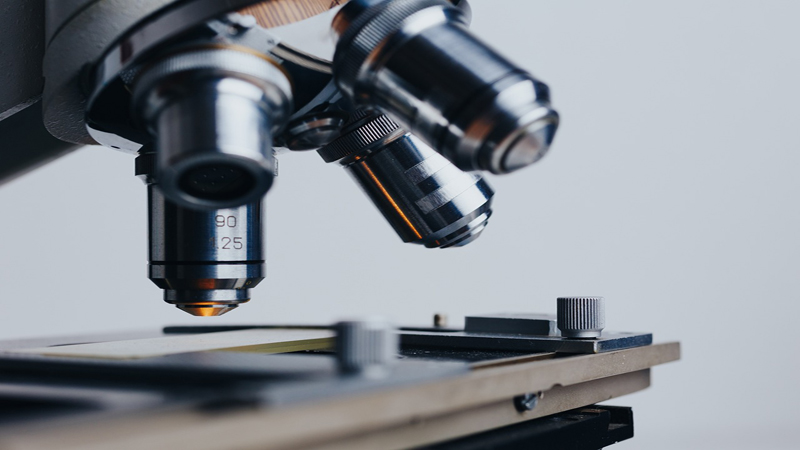
As noted above, essential oils provide many benefits to plants. And, they can provide many of these same benefits to us.
But I often hear the complaint that there is no science to back up their use.
While it is true that, in the past, knowledge of essential oils was based largely on anecdotal experience, that is changing.
Today, there is increasing interest in the medical use of essential oils and, as a result, in the amount of research being conducted on these oils and their applications.
Whenever possible throughout this website I have included links to some of the studies backing up claims of efficacy. And you can find many more at sites like pubmed.gov and at https://www.doterra.com/US/en/science.
For more on the science of essential oils, see my page, The science of essential oils.
Next in the Series on Essential Oil Basics
How to Use Essential Oils: Now that you know what essential oils are, why plants make them and how they are obtained, the next question is, "How Do You Use Them"?

Want to try doTERRA essential oils or essential oil products?
Click on this link to get a FREE membership and WHOLESALE prices for a full year! Get My Free doTERRA Membership.
